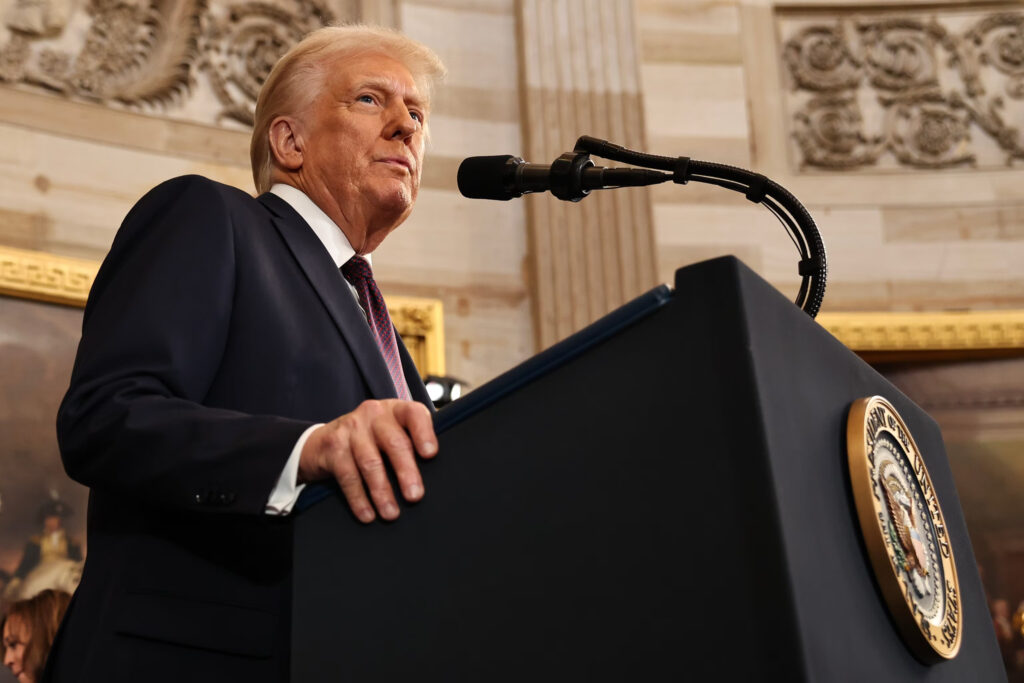
Internal NFFE News
January 21, 2025
Yesterday, President Donald J. Trump was officially sworn in as the 47th president of the United States. His inauguration was moved indoors due to cold temperatures in Washington, D.C., but was still expansive in its own right.
Trump took action on his first day back in office by signing a slew of executive orders including withdrawal from the Paris Climate Accord and a move to keep social platform Tik Tok alive for the time being. Additionally, Trump pardoned about 1,500 of his supporters who stormed the U.S. Capitol on Jan. 6, 2021. And, some of the first day actions taken by the president are particularly consequential for federal employees.
Trump has ordered a federal hiring freeze, replicating an action he took at the start of his first term to try to reduce the size of government. This order suspends hiring for new positions in addition to a number of open ones. It includes exceptions for posts related to national security, public safety and the military.
During his 2024 campaign, Trump pledged to dismantle a federal bureaucracy that he described as the “deep state.”
In his initial order eight years ago, the move was intended as a temporary, 90-day measure until federal budget officials, as well as those in charge of the government’s personnel office, could devise a longer-term strategy for reducing the size of the federal government — and it was effectively lifted that April.
“The President will usher a golden age for America by reforming and improving the government bureaucracy to work for the American people,” White House officials wrote in a summary of presidential actions Monday. “He will freeze bureaucrat hiring except in essential areas to end the onslaught of useless and overpaid [diversity, equity and inclusion] activists buried into the federal workforce.”
How long this particular freeze may last is not clear at this time. It rings out drastically different from the Biden administration, which took steps over the last four years to increase the federal workforce and give pay raises to many employees.
President Trump also signed a return-to-office executive order that instructs agencies to order their federal employees to return to work at the office “as soon as practicable.” He directed agencies to end remote work arrangements and require employees to work in person full time. The order does give agencies some flexibility, allowing department and agency heads to “make exemptions they deem necessary.”
“The executive action was expected, particularly after Trump made comments during a December press conference saying that all federal employees should return to the office or else be dismissed from their jobs. Trump has also criticized and threatened legal action against the contract signed by the American Federation of Government Employees and the Social Security Administration in November to extend the agency’s current telework policy through 2029,” Federal News Network reports.
A full list of executive orders and actions taken by the president can be found here.
